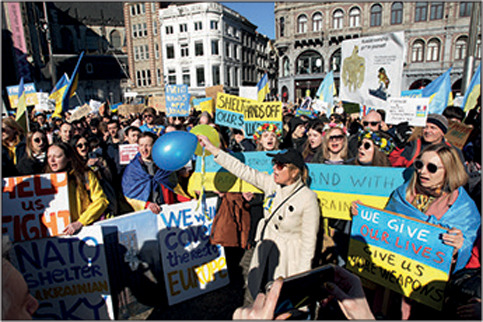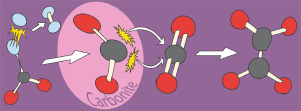Elsevier, Heliyon, Volume 8, March 2022
Pollution by polymeric materials - in particular plastics - has a negative effect on the health of our planet. Approximately 4.9 billion tons of plastic are estimated to have been improperly disposed of, with the environment as their final destination. This scenario comes from a linear economic system, extraction-production-consumption and finally disposal.
Conversion of CO2 to valuable chemicals such as polymers via the electrochemical reduction of CO2 to formate followed by the formate to oxalate coupling reaction (FOCR) is an interesting concept to replace fossil feedstocks with renewable ones.
Elsevier,
Virology, Volume 568, March 2022
The sequence diversity of HIV-1 is the biggest hurdle for the design of a prophylactic vaccine. Mosaic (Mos) antigens consisting of synthetically shuffled epitopes from various HIV-1 strains are currently tested in the clinical vaccine trial Mosaico (NCT03964415).
Elsevier,
Journal of Virus Eradication, Volume 8, March 2022
Advances in science have ushered in a wave of new potential curative and control strategies for HIV that could eliminate the current requirement for life-long antiretroviral therapy (ART) for people living with HIV (PLWH). In this article, we argue that it is critical to consider social contexts in the development of HIV cure trial protocols.
Elsevier,
Clinical Imaging, Volume 83, March 2022
This Article advances SDGs 5, 9 and 10 by proposing intentional strategies for closing the gender pay gap in radiology, one of the four medical specialties with the largest gender pay gap. Closing the gender pay gap will demonstrate that radiology values diversity, inclusion, families, and patient outcomes.
Elsevier,
The Lancet Oncology, Volume 23, March 2022
This Article support SDGs 3 and 5, focusing on assessing outcomes in premenopausal women with oestrogen receptor positive breast cancer receiving ovarian suppression, in particular comparing tamoxifen versus aromatase inhibitors in this population.


